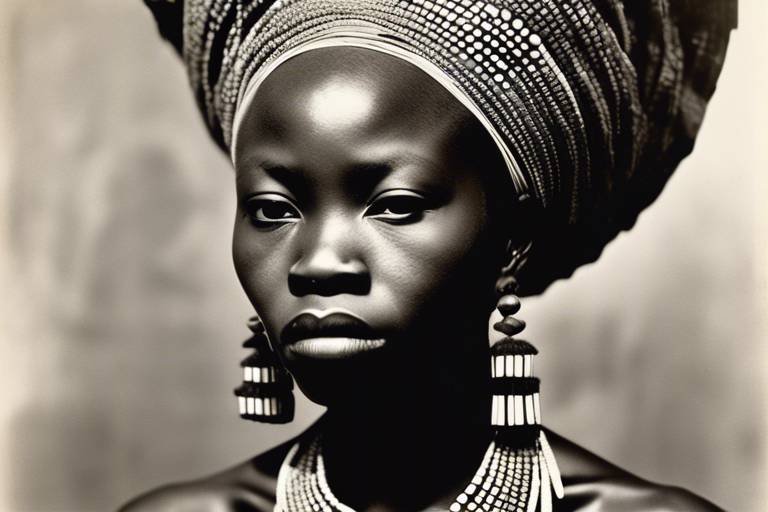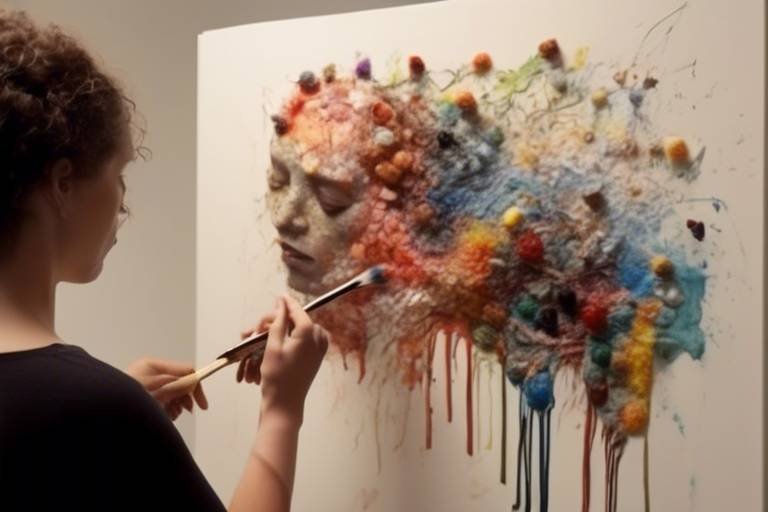The Impact of the Harlem Renaissance on American Culture
The Harlem Renaissance was a cultural movement in the 1920s that profoundly influenced American art, music, and literature. It celebrated African American heritage and identity, leading to lasting changes in the country's cultural landscape.
During the Harlem Renaissance, artistic expression flourished like never before. Artists delved into new forms of creativity, blending traditional African styles with modern techniques. This fusion gave birth to vibrant and powerful works that not only captivated the eye but also challenged societal norms, pushing boundaries and inspiring change.
The era also witnessed the emergence of jazz music as a dominant force. Legendary musicians such as Duke Ellington and Louis Armstrong became iconic figures, with jazz symbolizing freedom and self-expression. Its rhythmic beats and soulful melodies resonated globally, leaving an indelible mark on the world of music.
Literary giants like Langston Hughes and Zora Neale Hurston made significant contributions during this period. Their groundbreaking works captured the essence of the African American experience, paving the way for future generations of writers to explore diverse narratives and themes. Their words echoed with passion, truth, and a deep sense of cultural pride.
The social impact of the Harlem Renaissance cannot be overstated. It sparked crucial conversations about race, identity, and equality, challenging stereotypes and prejudices. By fostering a sense of empowerment and pride within the African American community, the movement laid the foundation for a more inclusive and equitable society.
Architecturally, the Harlem Renaissance left a lasting legacy. It inspired new design concepts that integrated elements of African art and culture into buildings and urban spaces across the nation. This infusion of creativity and heritage reshaped the physical landscape, creating a visual tapestry that celebrated diversity and innovation.
Furthermore, the movement fueled political activism as artists and intellectuals used their platforms to advocate for civil rights and social justice. Their voices resonated far and wide, contributing to the broader struggle for equality in America and igniting a flame of change that continues to burn brightly today.
The educational legacy of the Harlem Renaissance is equally profound. Its cultural achievements reshaped educational curricula, placing a greater emphasis on African American history and literature in schools and universities. This enriched understanding and appreciation of American culture, fostering a more inclusive and holistic approach to education.
The global influence of the Harlem Renaissance transcended borders, inspiring artists and movements worldwide to embrace diversity, celebrate heritage, and challenge societal conventions through creative expression. Its impact reverberated across continents, leaving an indelible mark on the tapestry of global culture.
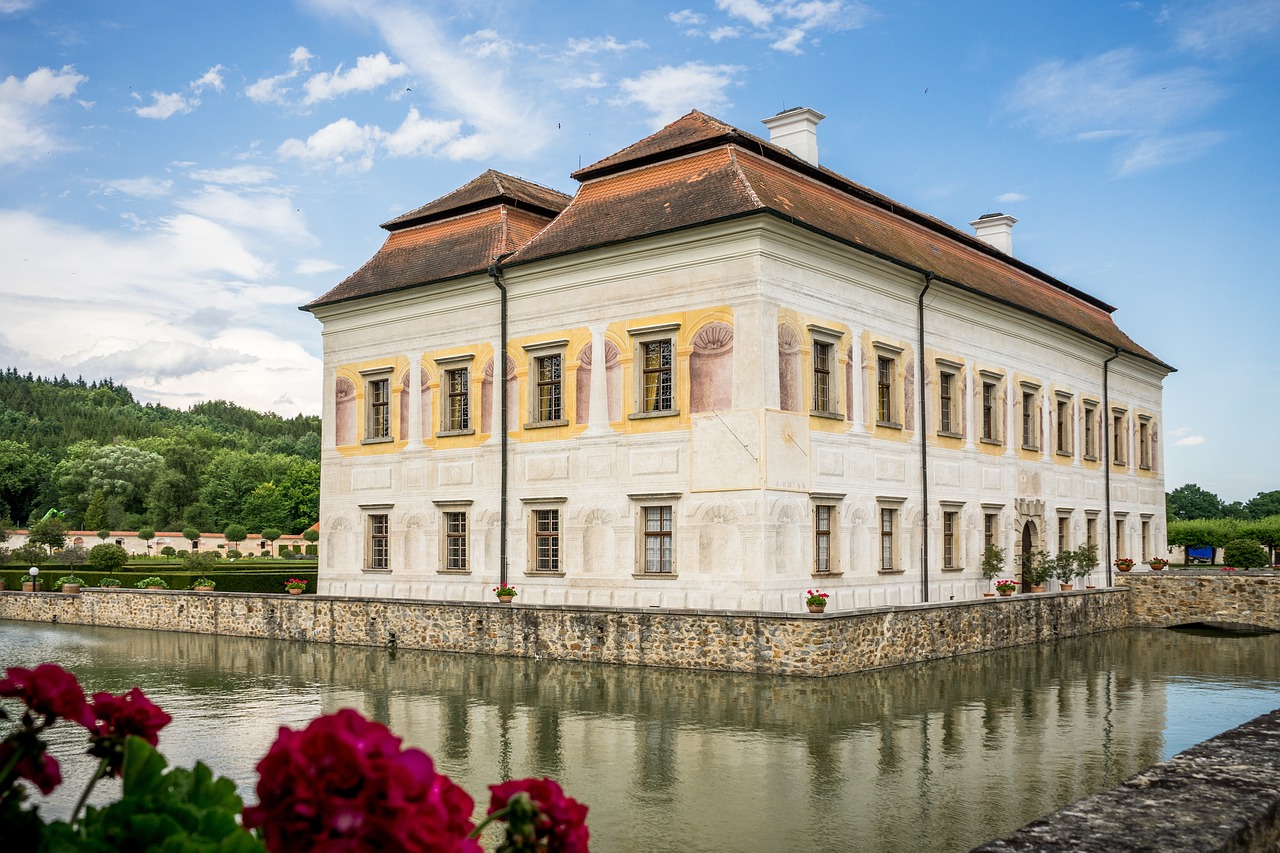
Artistic Expression
The Harlem Renaissance was a cultural movement in the 1920s that profoundly influenced American art, music, and literature. It celebrated African American heritage and identity, leading to lasting changes in the country's cultural landscape.
Artists during the Harlem Renaissance explored new forms of expression, blending traditional African styles with modern techniques to create vibrant and powerful works that challenged societal norms.
This period witnessed a fusion of artistic styles, with painters like Aaron Douglas incorporating African motifs and symbols into their works, creating visually striking pieces that reflected the richness of African heritage. Sculptors such as Augusta Savage also made significant contributions, using their art to depict the beauty and resilience of the African American experience.
Furthermore, the Harlem Renaissance gave birth to a new wave of creativity in photography, with artists like James Van Der Zee capturing the essence of Harlem life through their lens, immortalizing the spirit and energy of the era in timeless images.
The artistic expression of the Harlem Renaissance was not limited to visual arts alone. Poets like Claude McKay and Jean Toomer used their words to paint vivid portraits of African American life, exploring themes of identity, struggle, and triumph with raw emotion and authenticity.
Overall, the artistic expression of the Harlem Renaissance transcended mere aesthetics; it became a powerful tool for social commentary and cultural reclamation, challenging perceptions and reshaping the narrative of African American identity in the broader American context.
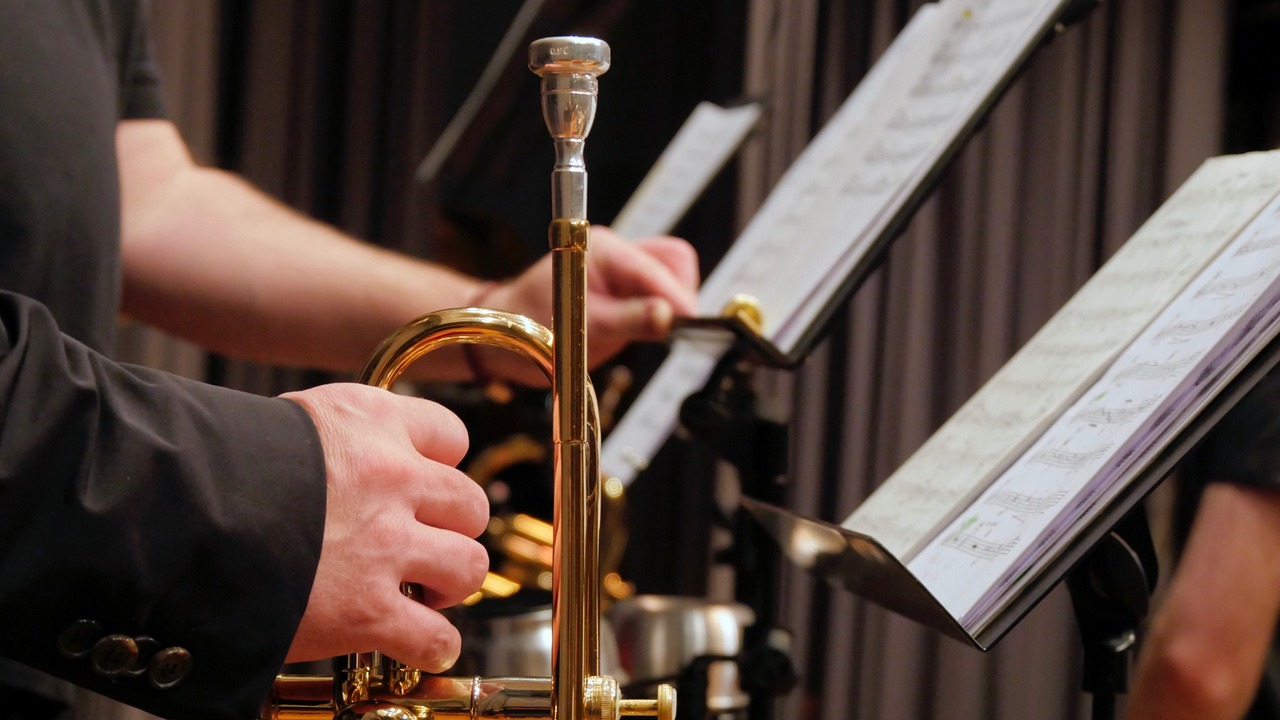
Music and Jazz
The Harlem Renaissance was a cultural movement in the 1920s that profoundly influenced American art, music, and literature. It celebrated African American heritage and identity, leading to lasting changes in the country's cultural landscape.
During the Harlem Renaissance, the realm of music experienced a revolution like never before. The vibrant streets of Harlem echoed with the soulful tunes of jazz, a genre that encapsulated the essence of freedom and creativity. Legendary musicians such as Duke Ellington and Louis Armstrong emerged as icons, infusing their melodies with a sense of liberation that resonated across the nation.
Jazz, with its improvisational nature and syncopated rhythms, became a powerful symbol of expression, breaking barriers and transcending boundaries. It was more than just music; it was a cultural phenomenon that spoke to the hearts of people, regardless of their background. The fusion of traditional African beats with modern harmonies created a unique sound that captivated audiences worldwide.
As jazz gained popularity, it became a voice for the marginalized, a language of defiance against oppression. The genre not only entertained but also inspired social change, challenging societal norms and paving the way for a new era of artistic exploration. Jazz was more than a melody; it was a movement, a revolution of sound that reverberated through the corridors of history.
1. What was the significance of jazz during the Harlem Renaissance?
Jazz played a crucial role during the Harlem Renaissance as it became a symbol of freedom and expression for African Americans. It challenged societal norms and influenced music globally.
2. How did musicians like Duke Ellington and Louis Armstrong contribute to the era?
Duke Ellington and Louis Armstrong emerged as iconic figures during the Harlem Renaissance, shaping the landscape of jazz music and embodying the spirit of creative liberation.
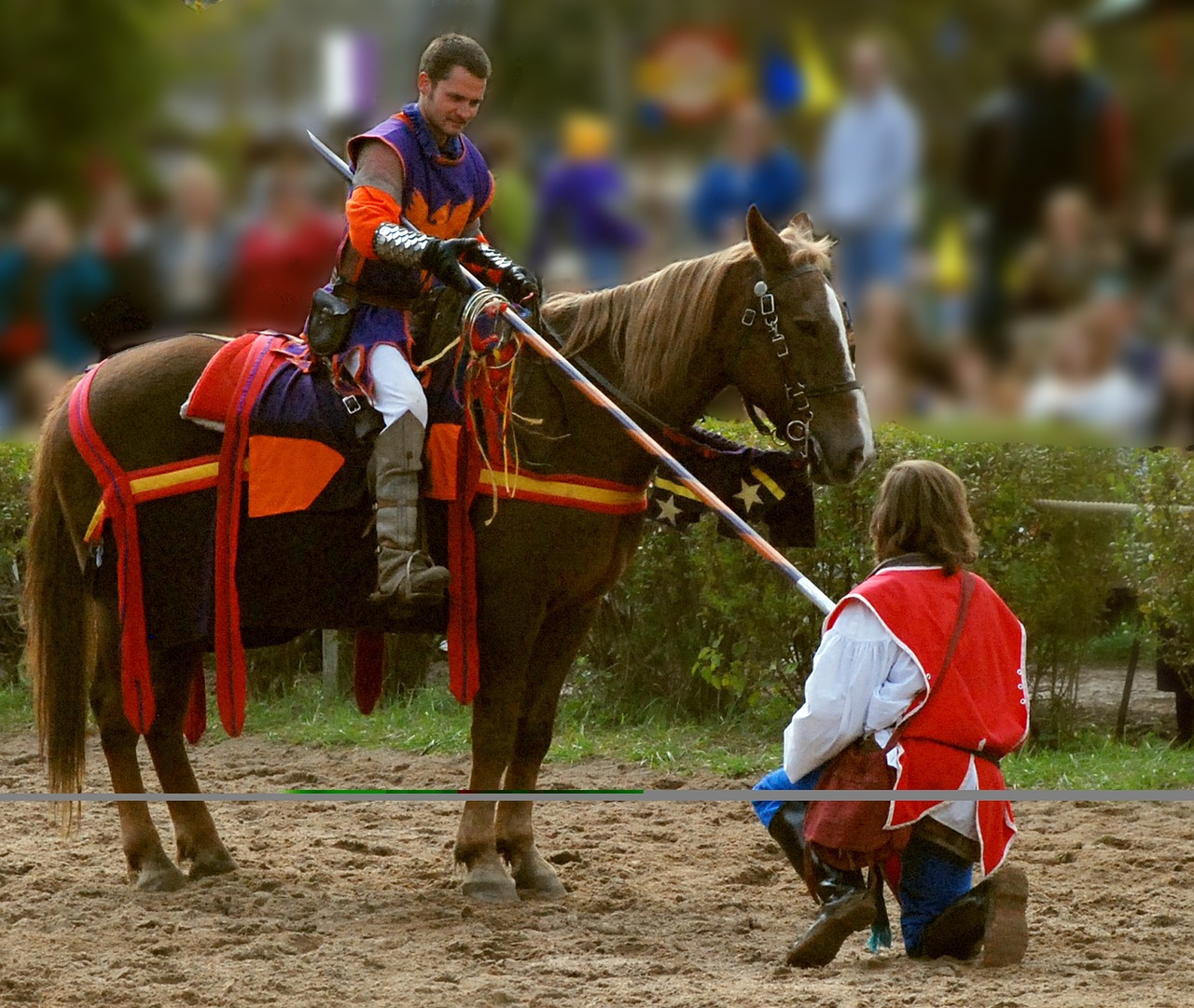
Literary Contributions
The Harlem Renaissance was a pivotal moment in American literary history, giving rise to a wave of talented writers who reshaped the landscape of literature. Authors such as Langston Hughes, Zora Neale Hurston, and Claude McKay used their words to paint vivid pictures of African American life, capturing the struggles, joys, and complexities of their community.
Langston Hughes, known as the "Poet Laureate of the Harlem Renaissance," infused his poetry with the rhythms and themes of jazz and blues, creating a unique voice that resonated with readers worldwide. His works, including "The Weary Blues" and "Harlem," explored the African American experience with depth and poignancy.
Zora Neale Hurston, a pioneering female writer, delved into the folklore and traditions of the Southern Black community in her novel "Their Eyes Were Watching God." Through her rich storytelling and vibrant characters, she brought to life the cultural heritage and resilience of African Americans.
Claude McKay, a Jamaican-born poet and novelist, addressed themes of racial identity and social injustice in his works, such as "Home to Harlem" and "If We Must Die." His powerful words sparked conversations about race relations and the quest for equality in America.
These literary giants of the Harlem Renaissance not only provided a platform for African American voices but also paved the way for future generations of writers to explore diverse perspectives and challenge societal norms through their storytelling. Their enduring legacy continues to inspire and influence writers today, shaping the ongoing conversation about race, identity, and cultural heritage in American literature.
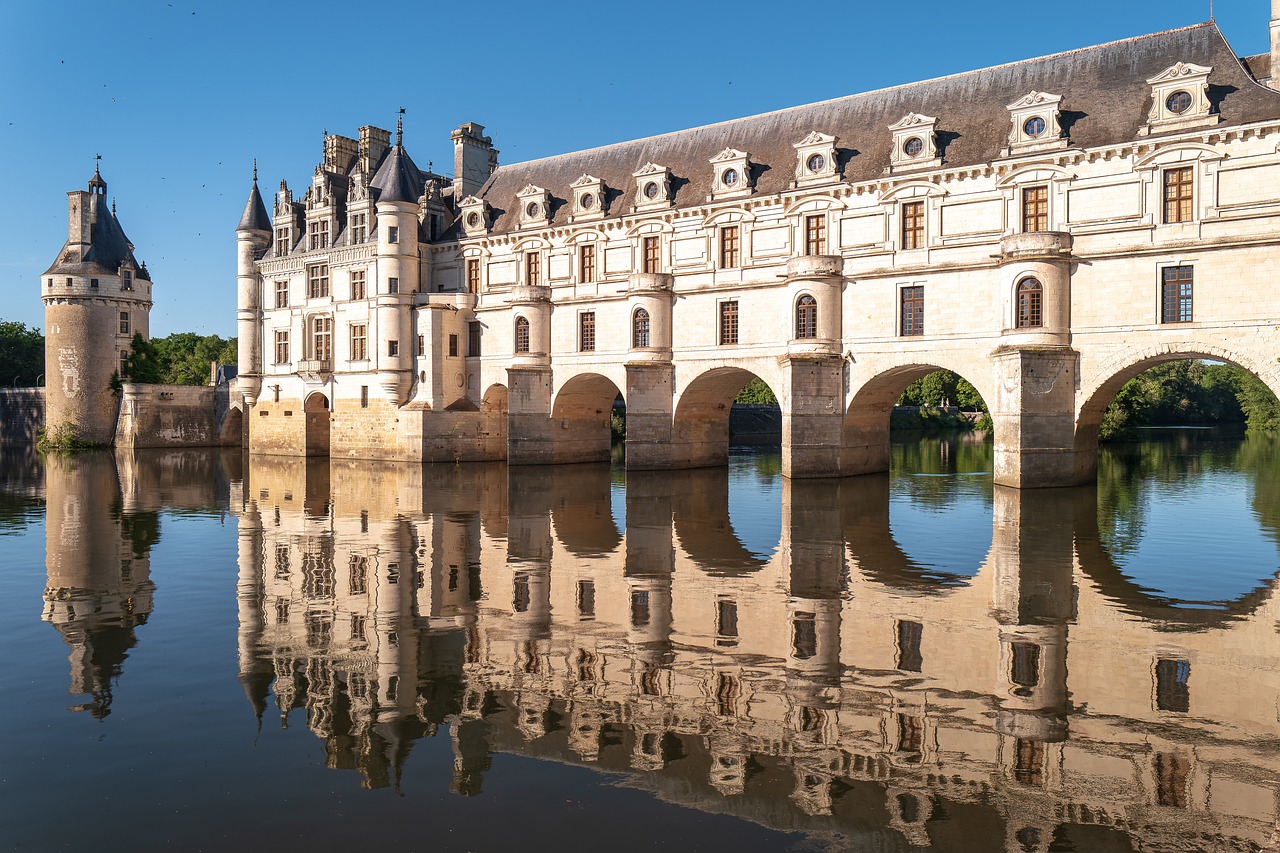
Social Impact
The Harlem Renaissance was a cultural movement in the 1920s that profoundly influenced American art, music, and literature. It celebrated African American heritage and identity, leading to lasting changes in the country's cultural landscape.
Artists during the Harlem Renaissance explored new forms of expression, blending traditional African styles with modern techniques to create vibrant and powerful works that challenged societal norms.
The era saw the rise of jazz music, with musicians like Duke Ellington and Louis Armstrong becoming iconic figures. Jazz became a symbol of freedom and expression, influencing music worldwide.
Writers like Langston Hughes and Zora Neale Hurston produced groundbreaking literature that captured the African American experience, paving the way for future generations of authors to explore diverse narratives.
The Harlem Renaissance sparked conversations about race, identity, and equality, challenging prevailing stereotypes and fostering a sense of pride and empowerment within the African American community. It served as a catalyst for social change, igniting discussions on civil rights and racial equality that reverberated beyond the artistic realm.
The movement's cultural impact extended to architecture, inspiring new design concepts that incorporated elements of African art and culture into buildings and urban spaces across the country.
The Harlem Renaissance also fueled political activism, as artists and intellectuals used their platforms to advocate for civil rights and social justice, contributing to the broader struggle for equality in America.
The cultural achievements of the Harlem Renaissance reshaped educational curricula, leading to a greater emphasis on African American history and literature in schools and universities, enriching the understanding of American culture.
The Harlem Renaissance had a lasting impact on global culture, inspiring artists and movements around the world to embrace diversity, celebrate heritage, and challenge societal conventions through creative expression.
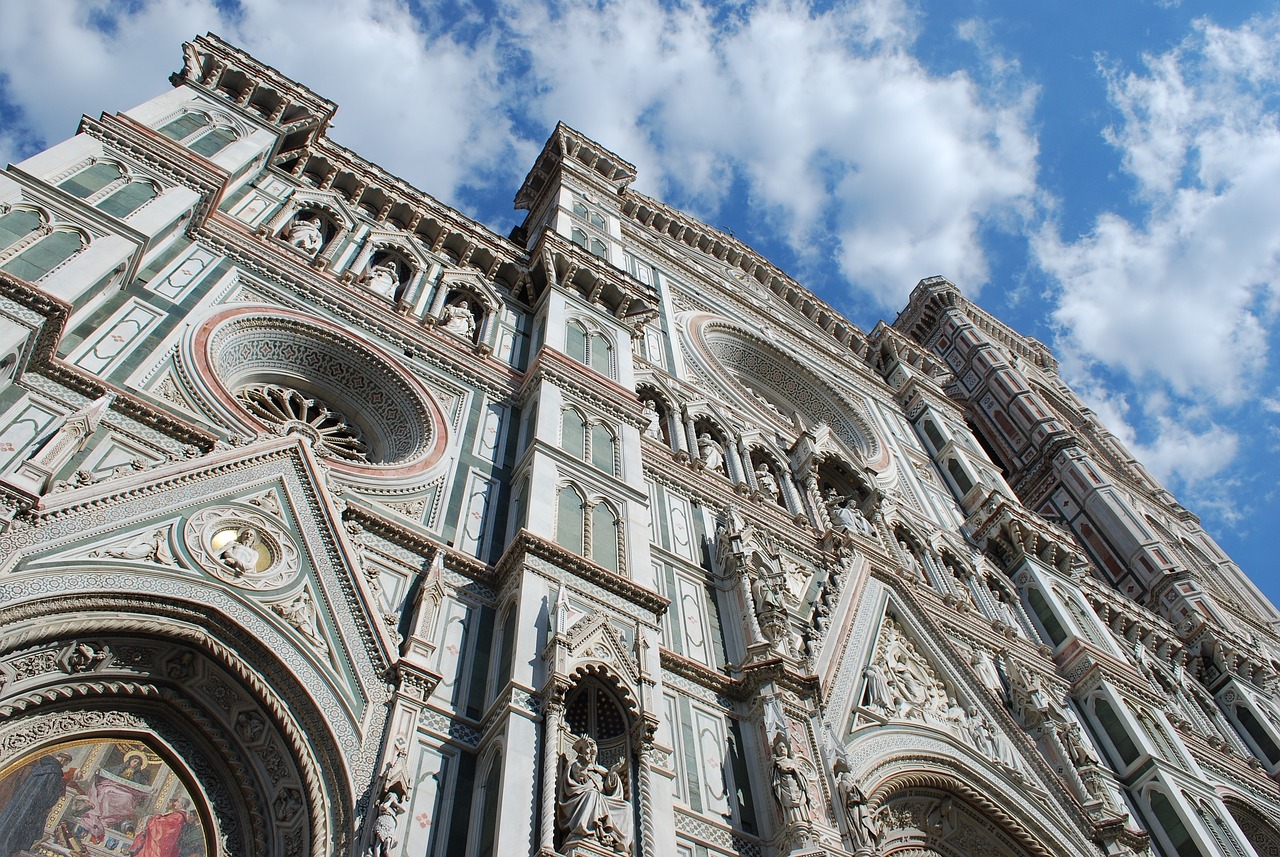
Architectural Influence
The Harlem Renaissance was not limited to art, music, and literature; its influence extended to architecture, shaping the physical landscape of cities across America. Architects and designers drew inspiration from African art and culture, incorporating unique elements into their creations. Buildings began to reflect the vibrant spirit and rich heritage of the African American community, adding a new dimension to urban spaces.
One notable example of this architectural influence is the Abyssinian Baptist Church in Harlem, designed by architect George W. Foster. The church's facade features intricate patterns and motifs inspired by African design, symbolizing a fusion of cultures and a celebration of diversity. It stands as a testament to the artistic vision and cultural pride that defined the Harlem Renaissance.
Another significant architectural contribution of the era is the Savoy Ballroom, a renowned jazz venue that not only hosted legendary musicians but also embodied the spirit of the Harlem Renaissance in its design. The building's interior reflected the energy and rhythm of jazz music, with dynamic spaces that encouraged social interaction and artistic expression.
Architects during this period sought to create spaces that not only served practical purposes but also communicated a sense of identity and belonging. By infusing architectural projects with elements of African heritage, they challenged conventional norms and redefined the aesthetics of the built environment.
The architectural legacy of the Harlem Renaissance continues to inspire contemporary designers, who draw upon its innovative spirit and cultural richness in their own work. The movement's emphasis on creativity, diversity, and social consciousness remains a powerful influence in the world of architecture, reminding us of the enduring impact of this transformative cultural movement.
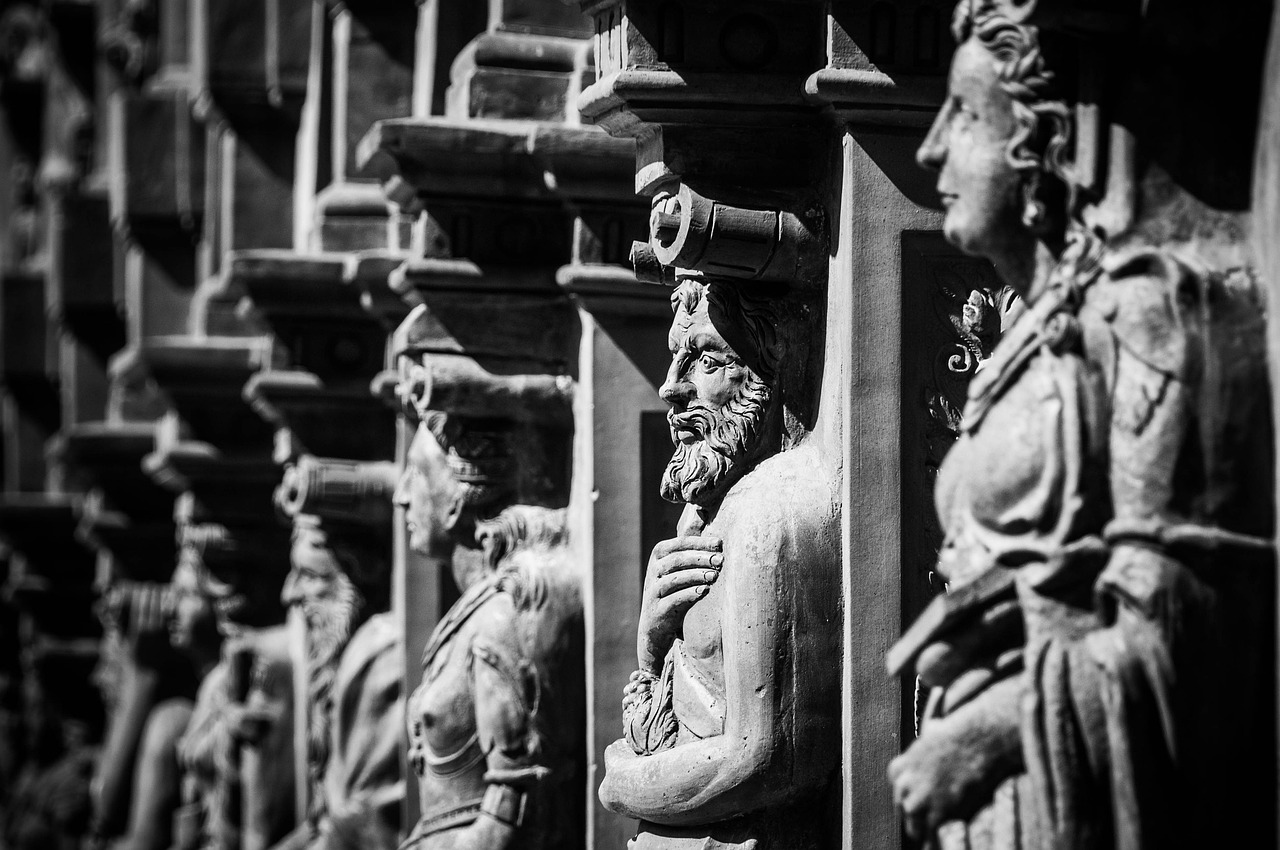
Political Activism
During the Harlem Renaissance, political activism played a crucial role in advocating for civil rights and social justice. Artists and intellectuals used their platforms to address issues of racial inequality and discrimination, challenging the status quo and pushing for change. Through their art, literature, and music, they highlighted the struggles and triumphs of the African American community, shedding light on the systemic injustices they faced.
Figures like W.E.B. Du Bois and Marcus Garvey emerged as influential leaders, promoting black pride and self-determination. They organized movements, protests, and initiatives aimed at dismantling segregation and promoting equality. Their efforts not only raised awareness about racial issues but also laid the foundation for the civil rights movement of the 1950s and 1960s.
Political activism during the Harlem Renaissance was a bold and courageous stance against oppression, using creativity and intellect as powerful tools for social change. By challenging discriminatory laws and advocating for equal rights, these activists paved the way for future generations to continue the fight for justice and equality.
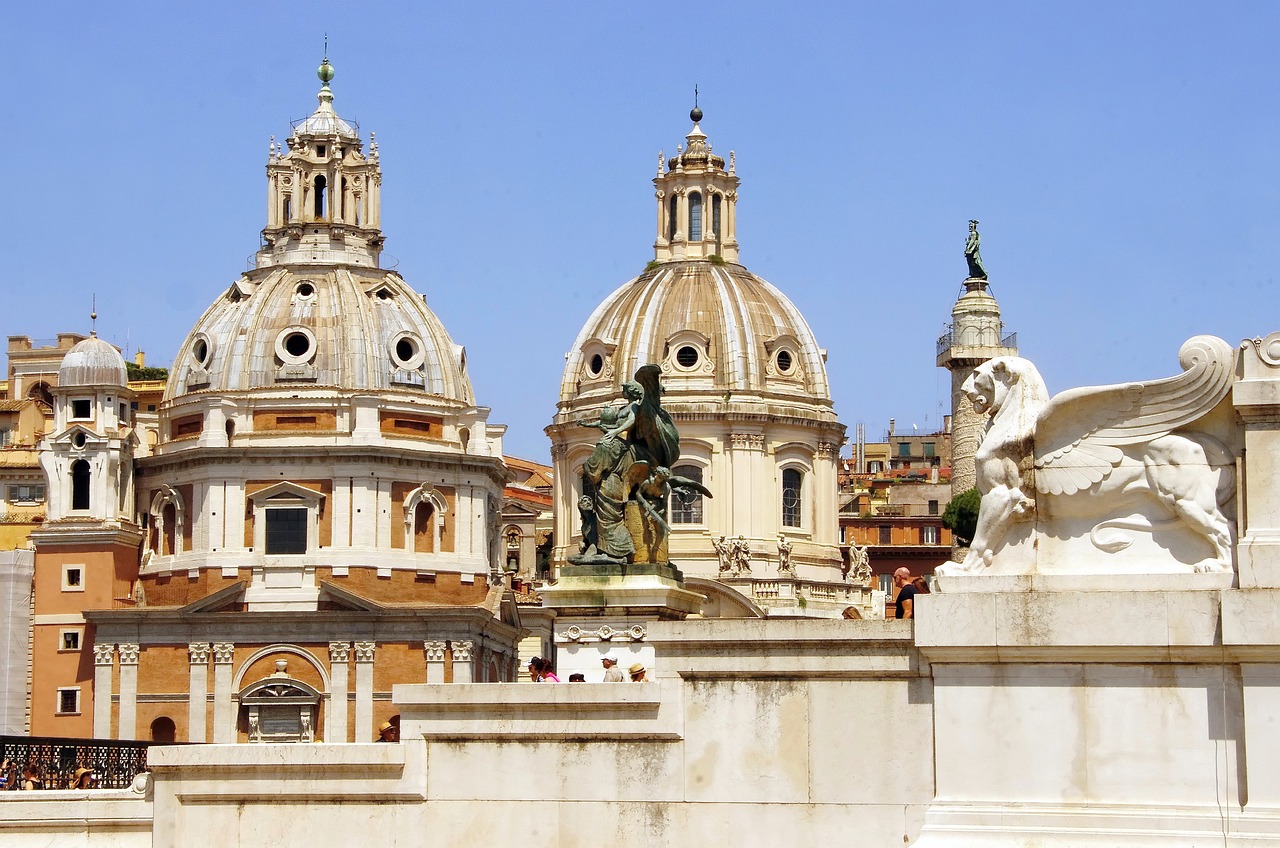
Educational Legacy
The Harlem Renaissance of the 1920s left an indelible mark on American culture, with its influence extending far beyond art, music, and literature. One of the most significant legacies of this cultural movement lies in its educational impact. The achievements of the Harlem Renaissance reshaped educational curricula, ushering in a new era of appreciation for African American history and literature in schools and universities across the country.
Before the Harlem Renaissance, the contributions of African Americans to American culture were often overlooked or marginalized in mainstream educational settings. However, the vibrant artistic expressions, powerful literary works, and soul-stirring music that emerged from this period demanded recognition and respect. As a result, educators began to incorporate these cultural treasures into their teaching, enriching the educational experience for students of all backgrounds.
Through the study of Harlem Renaissance literature, students gained insights into the diverse experiences and perspectives of African Americans, fostering empathy, understanding, and a sense of shared humanity. Works by writers such as Langston Hughes, Zora Neale Hurston, and Claude McKay opened windows into worlds that many students had never before explored, broadening their horizons and challenging their preconceptions.
Moreover, the educational legacy of the Harlem Renaissance extended beyond literature to encompass history, music, art, and social movements. Students delved into the rich tapestry of African American history, learning about key figures, events, and struggles that had shaped the nation's past and present. They also discovered the profound influence of African rhythms and melodies on American music, tracing the roots of jazz, blues, and other genres back to their origins in African traditions.
By integrating the lessons of the Harlem Renaissance into the educational curriculum, schools and universities not only honored the cultural heritage of African Americans but also enriched the overall learning experience for all students. The legacy of this transformative period continues to inspire educators to embrace diversity, promote inclusivity, and empower students to explore the complexities of American history and culture with open minds and hearts.
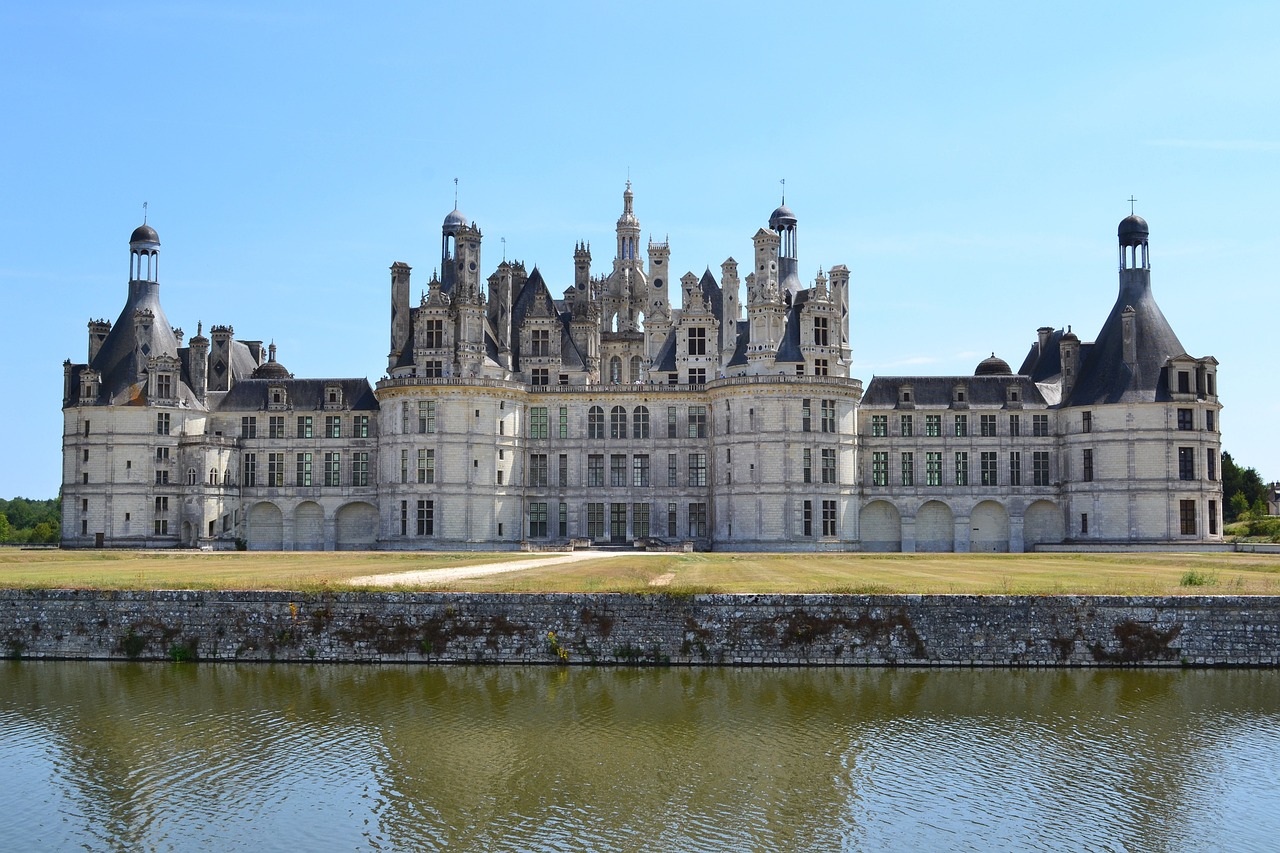
Global Influence
The Harlem Renaissance was a cultural movement in the 1920s that profoundly influenced American art, music, and literature. It celebrated African American heritage and identity, leading to lasting changes in the country's cultural landscape.
The Harlem Renaissance had a lasting impact on global culture, inspiring artists and movements around the world to embrace diversity, celebrate heritage, and challenge societal conventions through creative expression.
Frequently Asked Questions
- What was the Harlem Renaissance?
The Harlem Renaissance was a cultural movement that took place in the 1920s, primarily in the Harlem neighborhood of New York City. It was a period of immense creativity and artistic expression among African American writers, artists, musicians, and intellectuals.
- How did the Harlem Renaissance impact American culture?
The Harlem Renaissance had a profound influence on American culture by celebrating African American heritage and identity through art, music, literature, and activism. It challenged societal norms, sparked conversations about race and equality, and inspired future generations to embrace diversity and creative expression.
- Who were some notable figures of the Harlem Renaissance?
Some notable figures of the Harlem Renaissance include Langston Hughes, Zora Neale Hurston, Duke Ellington, Louis Armstrong, and many others who made significant contributions to art, music, and literature during this period.
- What was the significance of jazz during the Harlem Renaissance?
Jazz music played a central role in the Harlem Renaissance, becoming a symbol of freedom and expression. Musicians like Duke Ellington and Louis Armstrong helped popularize jazz, influencing music worldwide and shaping the cultural landscape of the era.
- How did the Harlem Renaissance impact global culture?
The Harlem Renaissance had a lasting impact on global culture by inspiring artists and movements around the world to embrace diversity, celebrate heritage, and challenge societal conventions through creative expression. Its influence can be seen in various art forms and cultural movements to this day.







